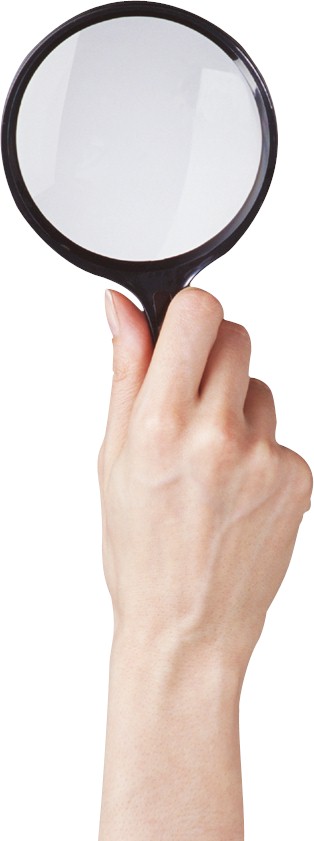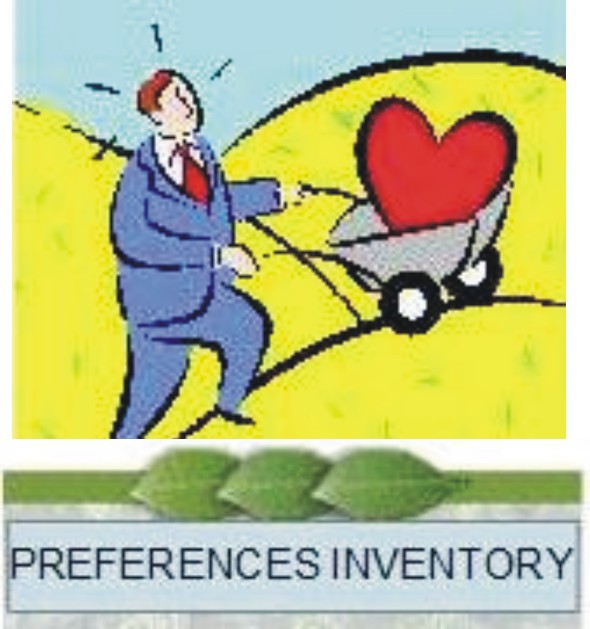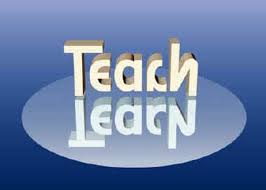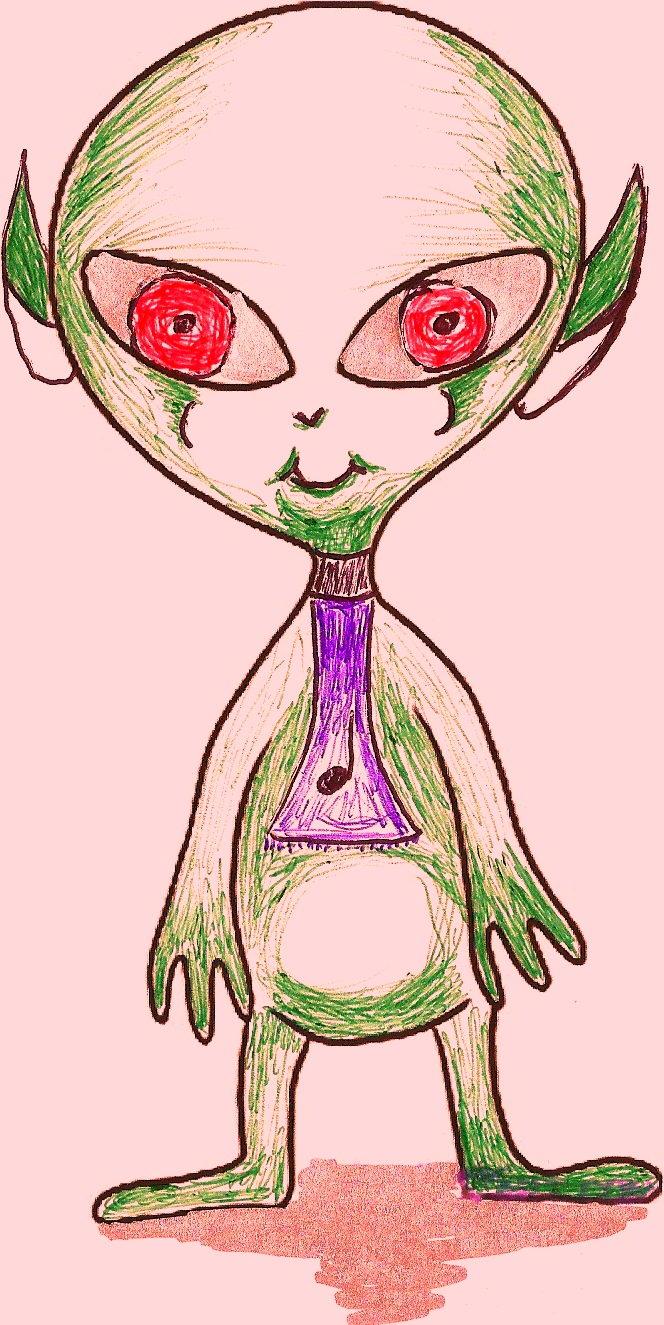|
This lesson focuses on alphanumeric, alternative instruction in the concept
of first - first letter; first number.
 LEFT CLICK ON THE FOLLOWING VIDEO PLAYER TO SEE POPS SPEDSTER LEFT CLICK ON THE FOLLOWING VIDEO PLAYER TO SEE POPS SPEDSTER
 RIGHT CLICK THE PAGE BELOW TO PRINTOUT THE WORKSHEETS FOR THE STUDENTS. RIGHT CLICK THE PAGE BELOW TO PRINTOUT THE WORKSHEETS FOR THE STUDENTS.

_____________________________________________________________________________________________________________________________
Discussion
“FIRST” Handout Sheet
Communication Expansion Activities -
Discuss the concept of “first”. What does being first mean? How do
you know when you or someone else is first? What does the first step in a task
look like? How do you know when you have won first place?
What are some other ways you can express the letter A or the number 1?
“Cheerleader style” with your body?
Can you make the letter A or the number 1 on paper? With a computer? Find
them on a communication board using eye gaze?
Discuss the concept of “safety”. What does it mean to be safe? Who
are safe people on the street? Where are safe places?
Academic Concepts –
- Letter
A as the first letter in the alphabet
- Phonemic
awareness of the sounds an A makes – long A as in “A-frame house”;
short A as in “alligator”.
- Signs
in ASL that mean the finger spelling of A and the sign for number 1.
- Awareness
of expressive language parallel constructs in Braille and the sensory
communication mode involving touch and vision (eye gaze).
Functional Concepts –
- First
Aid – where is the first aid kit?
- Safety
– recognizing that safety considerations should always be first priority.
- Recognizing
emotions in others - a frown on someone’s face.
- Recognition
of animal traits - alligators as being unsafe.
Skills Maintenance Activities –
- Students
capable of making an A or a 1 in any expressive form, can maintain that
skill by creating examples.
- Students
who have good street safety skills, can practice them.
- Students
who have good signing/ Braille/ eye gaze skills can practice them.
- Students
who have good aug-comm/ computer skills can practice them.
Skills
Building
Activities –
- Students
who lack the ability to express an A or a 1 in any mode, need referrals for
appropriate supports and accommodations.
- Students
who lack good street safety skills need community experiences and
instruction.
- Students
who lack the concept of “first” need instruction in sequencing skills.
- Students
who lack knowledge of alternative expressive communication modes, need to be
paired with peers having these abilities so that they may learn these skills
cooperatively.
-
|



 LEFT CLICK ON ANY OF THESE NAVIGATION BUTTONS TO GO TO OTHER PAGES ON THIS SITE.
LEFT CLICK ON ANY OF THESE NAVIGATION BUTTONS TO GO TO OTHER PAGES ON THIS SITE.















 Send mail to -
Send mail to -